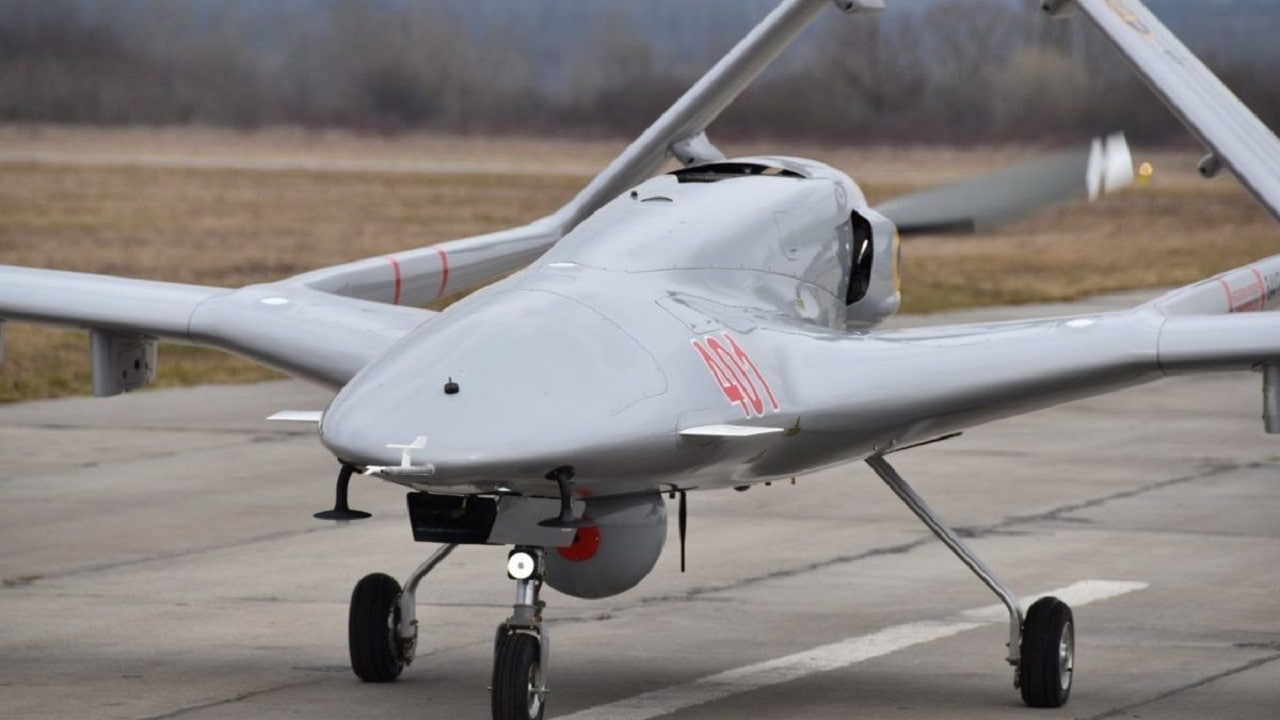For years, Turkish forces have launched various military incursions targeting Kurds on its shared Iraqi border. In fact, Ankara’s operations targeting Kurdistan Workers’ Party (PKK) assets and personnel in the region have essentially become a common occurrence.
Border Skirmishes
Designated by the U.S., Turkey, and the European Union as a terrorist organization, the Kurdish armed group has emerged as Turkish President Recep Tayyip Erdogan’s most significant enemy. Since the PKK primarily functions along Turkey’s southern border, Ankara uses neighboring Iraq as a launching pad for frequent aerial attacks. This week, Turkish artillery strikes killed eight tourists and wounded many more in the country’s latest assault targeting the Kurdish population in Iraq. While this incident certainly qualifies as an escalation in behavior, Turkey’s operations in Iraq and also Syria have intensified in recent years.
The Iraqi government denounced Ankara’s recent attack, which killed eight civilians as a “flagrant violation of Iraq’s sovereignty.” The country’s prime minister Mustafa al-Kadhimi voiced that Erdogan has proven to dismiss Iraq’s unchanging demands that Turkish forces must “refrain from military violations” that threaten the country and its citizens.
The prime minister is subtly referring to the widescale military operation Erdogan launched earlier this year. In March, Turkey carried out Operation Claw-Lock, the fourth in a series of annual missions that were initiated back in 2019 to counter the PKK and its growth. During the first two parallel land and air operations, dubbed Operation Claw-Tiger and Operation Claw-Eagle, Turkey’s defense ministry claimed over a hundred targets were struck by aerial attacks and artillery guns. Erdogan justifies attacks targeting PKK militants by describing them as necessary counter-terror measures to protect the security of Turkey.
During Operation Claw-Lock, Turkish forces launched rocket and drone attacks targeting PKK militants in tunnels, bunkers, and caves near the Qandil Mountains in Iraq’s Kurdistan region. The Kurdistan Regional Government (KRG) controls the autonomous Kurdistan Region of northern Iraq. The KRG’s ruling party is the Kurdistan Democratic Party (KDP), which shares complex ties with the PKK.
While the PKK aided the KRG in the fight against ISIS in 2014, the group has emerged as a significant sticking point for the majority of Kurds. According to Foreign Policy, by 2020, the prominent commander Maj. Gen. Sirwan Barzani began escalating rhetoric against the armed militia. As reported in the article, “He (Barzani) adamantly insisted to me that action must be taken against the PKK in northern Iraq and urged the Iraqi government to make a move. He noted that, until all weapons in Iraq as a whole were brought under state control, people would continue to be attacked by the group—and security concerns would prevent investment in the cash-strapped region. The PKK has said it may resort to violence in response to KRG encroachment.”
The PKK May Not Be Helping its Population Toward Safety
Since the PKK’s actions have negatively impacted the larger Kurdish community, some analysts assert that the KDP has worked behind the scenes during various Turkish barrages in northern Iraq targeting the militants. While experts disagree on the extent of the KDP’s influence in these operations, the ruling party did not publicly condemn Operation Claw-Lock, indicating it was not necessarily against its mission goals. In the last few years, Turkey’s operations targeting the PKK have intensified in both scale and scope. Part of its escalation could potentially be linked to the KDP’s perceived acceptance of its attacks. However, Ankara’s weapons advancements have unquestionably contributed to the increased lethality of its missions.
According to data collected by Crisis Group, in recent years Turkey has killed “an increasing proportion of militants whom the PKK itself classifies as commanders or regards as playing substantial battlefield roles as a share of total fatalities. Crisis Group categorizes this group of militants as ‘seasoned.’ In 2021, more than one-third of the confirmed 312 PKK fighters killed were such seasoned militants. The ratio of killed PKK militants to killed state security force members has also risen more than fourfold in Turkey’s favor since July 2015.”
Turkey’s lethal operations can in part be contributed to its utilization of advanced combat drones to support its missions. Ankara’s domestically-made Bayraktar TB2 unmanned aerial vehicles (UAVs) have become a premier weapon for Turkey’s military forces. Developed in 2007, the drone can travel at a speed of over 220 kilometers and can carry up to 300 liters of fuel. All of the weapon’s components, including its digital flight control system, are manufactured in Turkey. The drone’s capabilities have become widely popularized, so much so that it has so far been exported to 13 countries.
As Ankara continues to rely on the development and expansion of its drone arsenal, continued lethal operations targeting PKK militants along the shared Iraqi-Turkish border should be expected.
Maya Carlin is a Middle East Defense Editor with 19FortyFive. She is also an analyst with the Center for Security Policy and a former Anna Sobol Levy Fellow at IDC Herzliya in Israel. She has by-lines in many publications, including The National Interest, Jerusalem Post, and Times of Israel.

